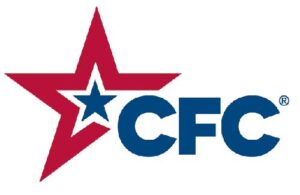At a time when their careers are peaking, many women in their late 40s are faced with demands of an opposing polarity: caring for aged parents, who are between ages 75 – 85 or pursuing their careers and planning for their own senior years.
Though most parents hardly ever like to admit to dependency wanting to be up and about as much as they can, it is the natural order of things that daughters give them precedence, pushing back their own ambitions, careers and building up of bank balances.
The caregiving crisis
This mid life crisis is impacting thousands, no millions. Liz O’Donell, who runs the website Working Daughter, gives this perspective: “There are currently 44 million unpaid eldercare providers in the United States according to the U.S. Census Bureau and the majority are women. And yet there are very few support programs, formal or informal, in place to support these family caregivers, many of whom are struggling at work and at home. Working daughters often find they need to switch to a less demanding job, take time off, or quit work altogether in order to make time for their caregiving duties. As a result, they suffer loss of wages and risk losing job-related benefits such as health insurance, retirement savings, and Social Security benefits. In fact, a study from MetLife and the National Alliance for Caregiving calculated women lose an average $324,044 in compensation due to caregiving.”
Need for support
There’s a tendency to simplify the caregiving process by labeling the elderly, particularly the incapacitated, as ‘children’. This is a gross misjudgment. These are adults with learning, experience and defined attitudes, which can make the caregiving that much more complex and harder for the caregiver. Children, or babies, are considerably easier to nurture. Is there a case, therefore, to include elder caregiving into the social rubric?
Liz O’Donell has some interesting points to make: “American’s conversation about the competing demands of work and family needs to take working daughters into account. The focus must not just be on the need for maternity leave or even parental leave, but family leave—and other accommodations such as flex time, mentoring, and reentry-assistance programs—that will enable workers to care for their aging parents without their lives falling apart.”
Tipping point
Howard Gleckman strikes a prophetic note in Forbes.com.
“As 2020 dawns, the US is about to reach a critical, historic tipping point in its need to care for frail older adults. And we are tragically unprepared.
In just five years, the first of the 77-million strong Baby Boom generation will reach age 80—the time when people’s frailty increases dramatically and they begin to need high levels of long-term supports and services. And by the end of the new decade, millions of those early Boomers will reach 85, when their care needs increase even more.”
How are we as a nation going to handle this? Certainly, this is something we need to talk about. In all forums.
Read more
https://www.nytimes.com/2017/12/19/business/economy/women-work-elder-care.html
https://www.theatlantic.com/business/archive/2016/02/working-daughters-eldercare/459249/


![Wishing you a season filled with love, joy, and generosity! Together, we make the world a brighter place, happy holidays from all of us at Ashiyanaa! 🎄🎅🏼
[Ashiyanaa, Christmas, Merry Christmas, Happy Holidays, Non Profit, USA]](https://ashiyanaa.org/wp-content/plugins/instagram-feed/img/placeholder.png)


